What is it?
The second-generation Smart Fortwo Cabriolet Electric Drive completes a trio of pure-electric models from Mercedes-Benz’s increasingly relevant EV city car sub-brand, following on from the earlier Fortwo ED and Forfour ED, with which this new open-top shares its zero-emissions drivetrain.
With a claimed range of just 96 miles, the compact two-seater will require you to forget about extended journeys or simple once-a-week recharging. But what it lacks in overall range, it more than makes up for in its sprightly performance and outright manoeuvrability in congested city streets.
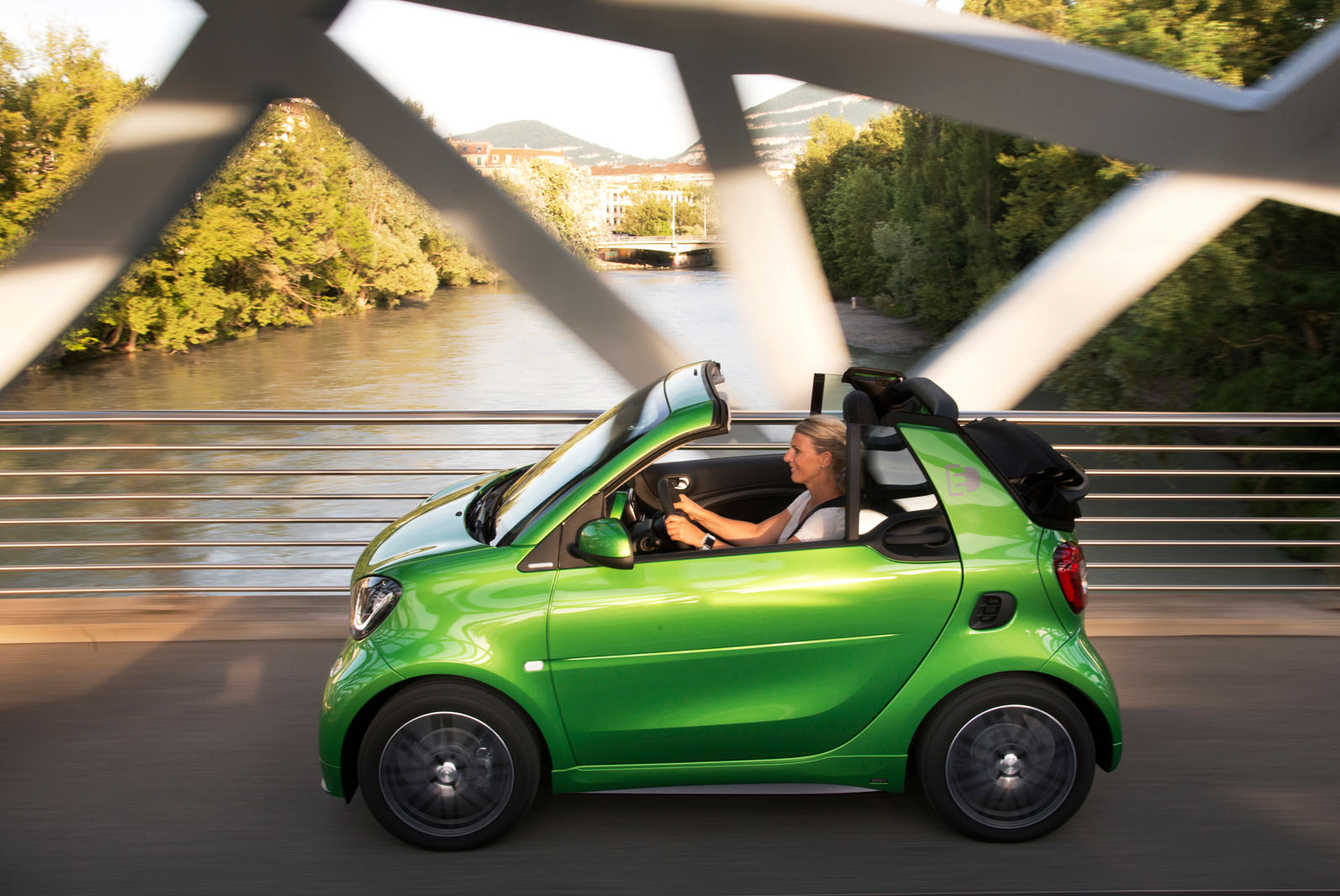
Power comes from a rear-mounted electric motor produced by Mercedes-Benz alliance partner Renault, which also uses it in the Renault Zoe.
In the Fortwo Cabriolet ED, the three-phase synchronous unit is tuned to deliver 81bhp and 118lb ft of torque. That's 5bhp and 22lb ft more than the Bosch motor used by the old Fortwo Cabriolet ED, but 7bhp and 44lb ft shy of the larger and heavier Zoe.
The new motor is allied to an upgraded version of the lithium ion battery used by the first-generation Fortwo Cabriolet ED. It sits underneath the seats in a position that keeps the crucial centre of gravity low and ensures there is no loss of luggage space at the rear.
Despite having the same 17.6kWh capacity as before, an improvement in energy density allows it to deliver an additional 10 miles of range. Smart also claims the recharging time of the revised battery has been halved, allowing you to charge it enough for nearly 100 miles of range in just 2.5 hours using the available fast-charge software.


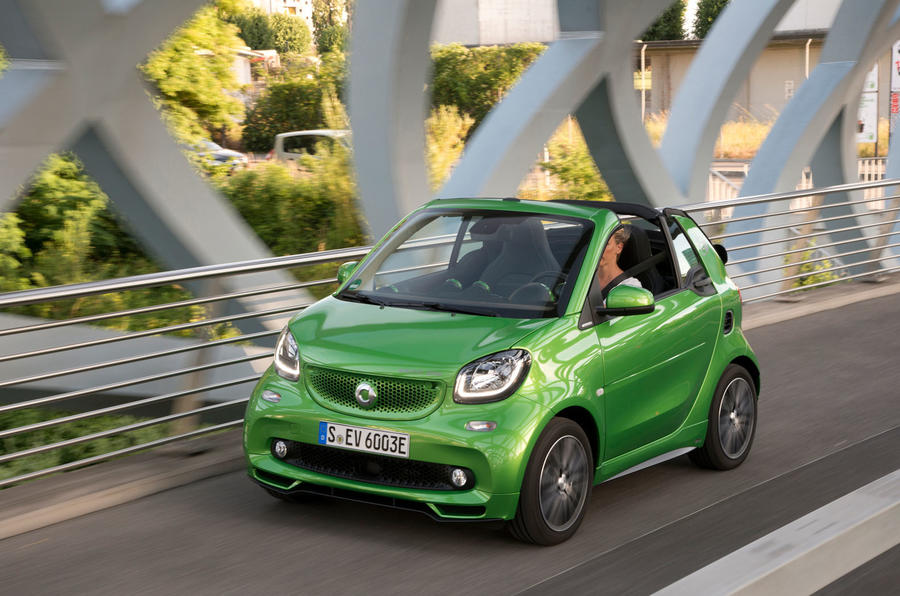
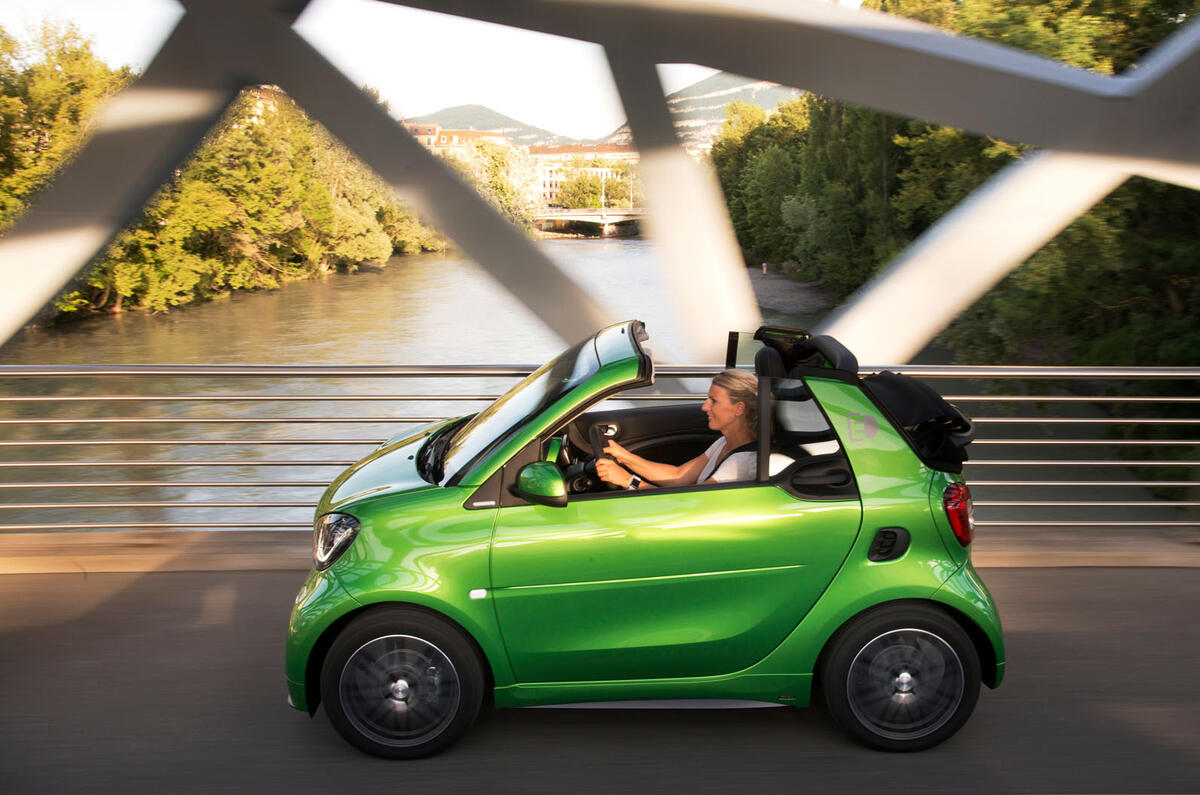













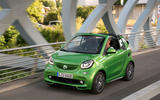















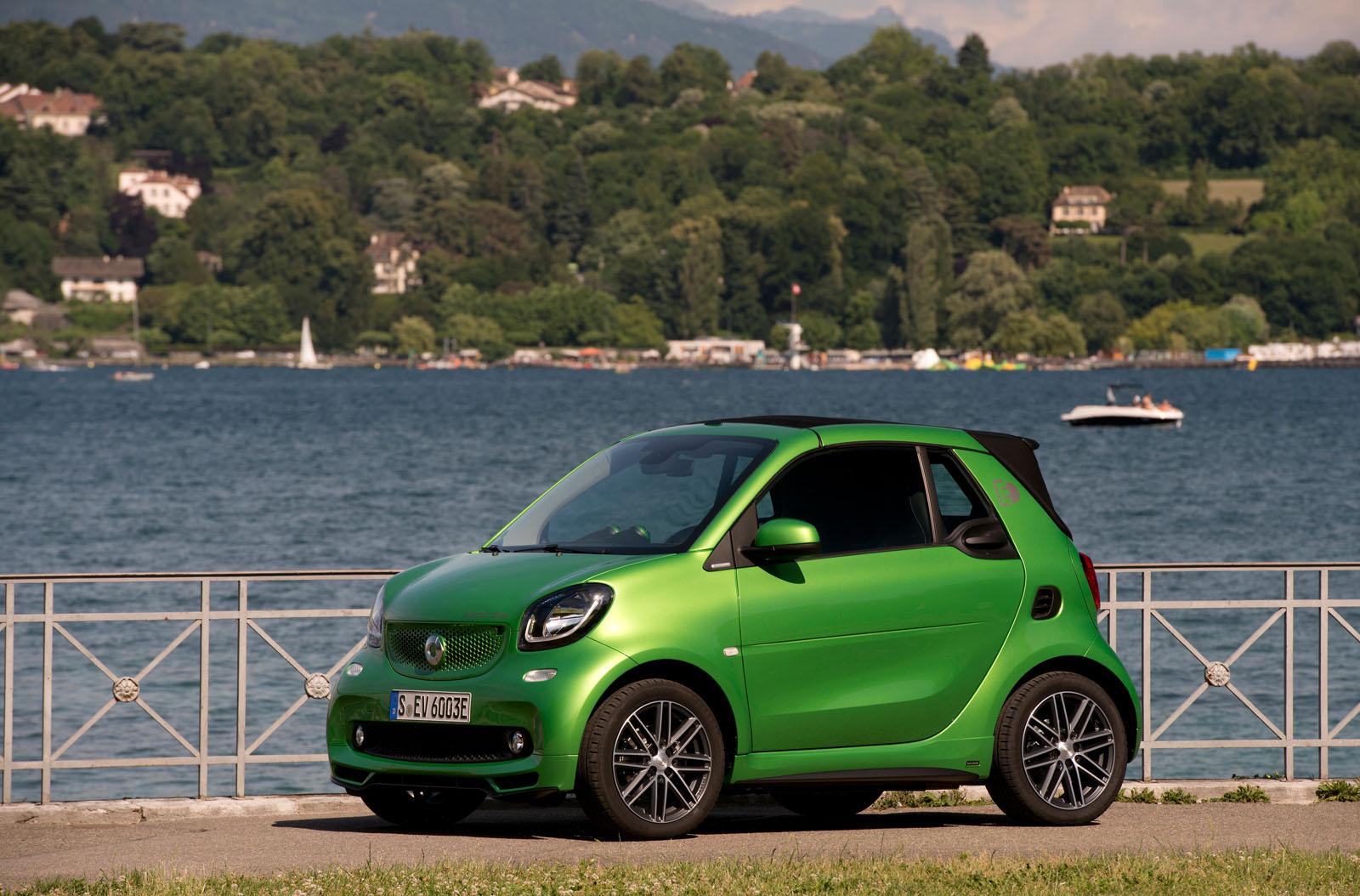
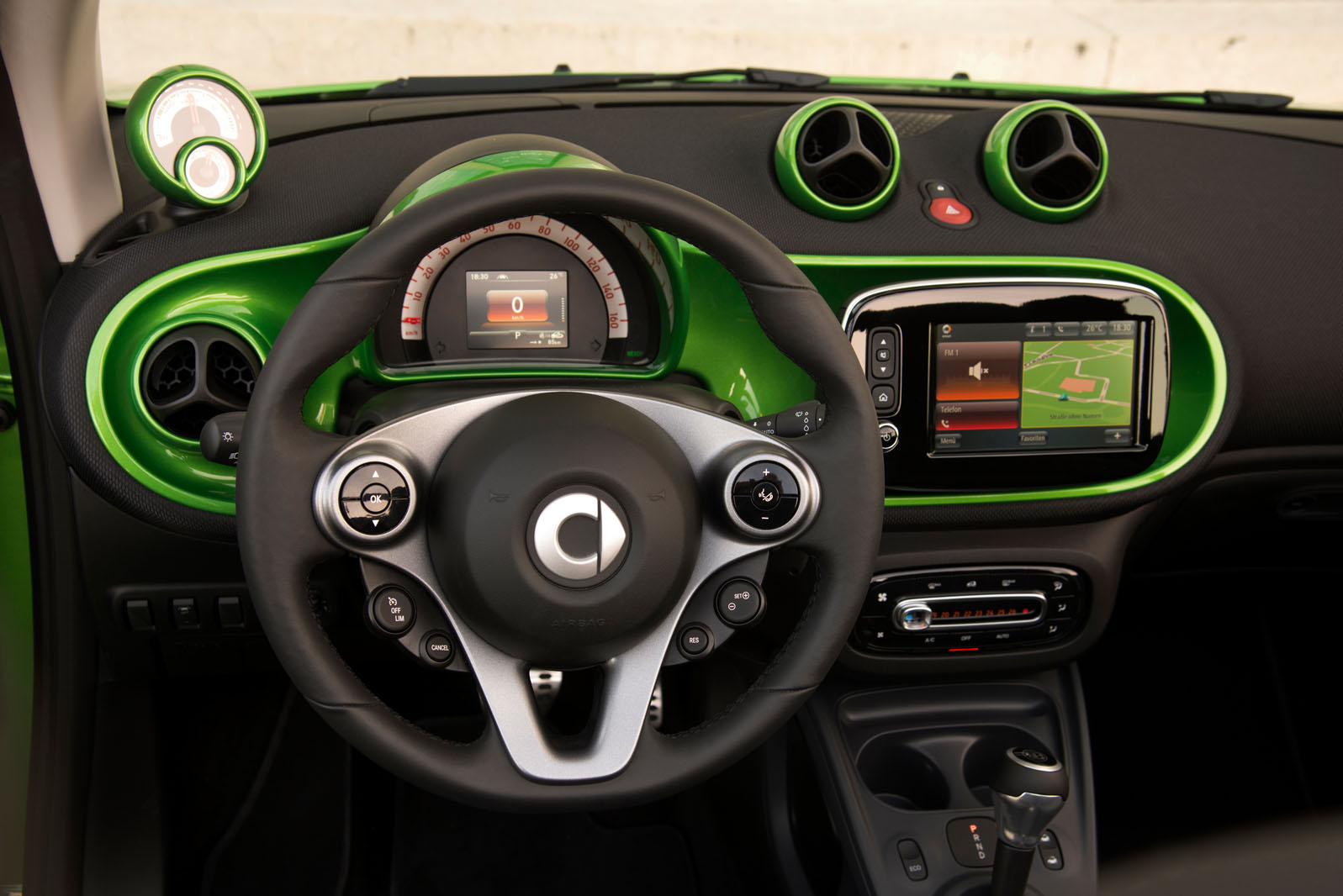

Join the debate
Add your comment
Who charges once a week?
smart?
I like it. Shame the 3rd